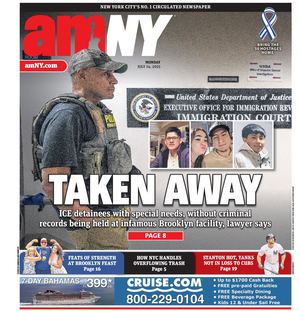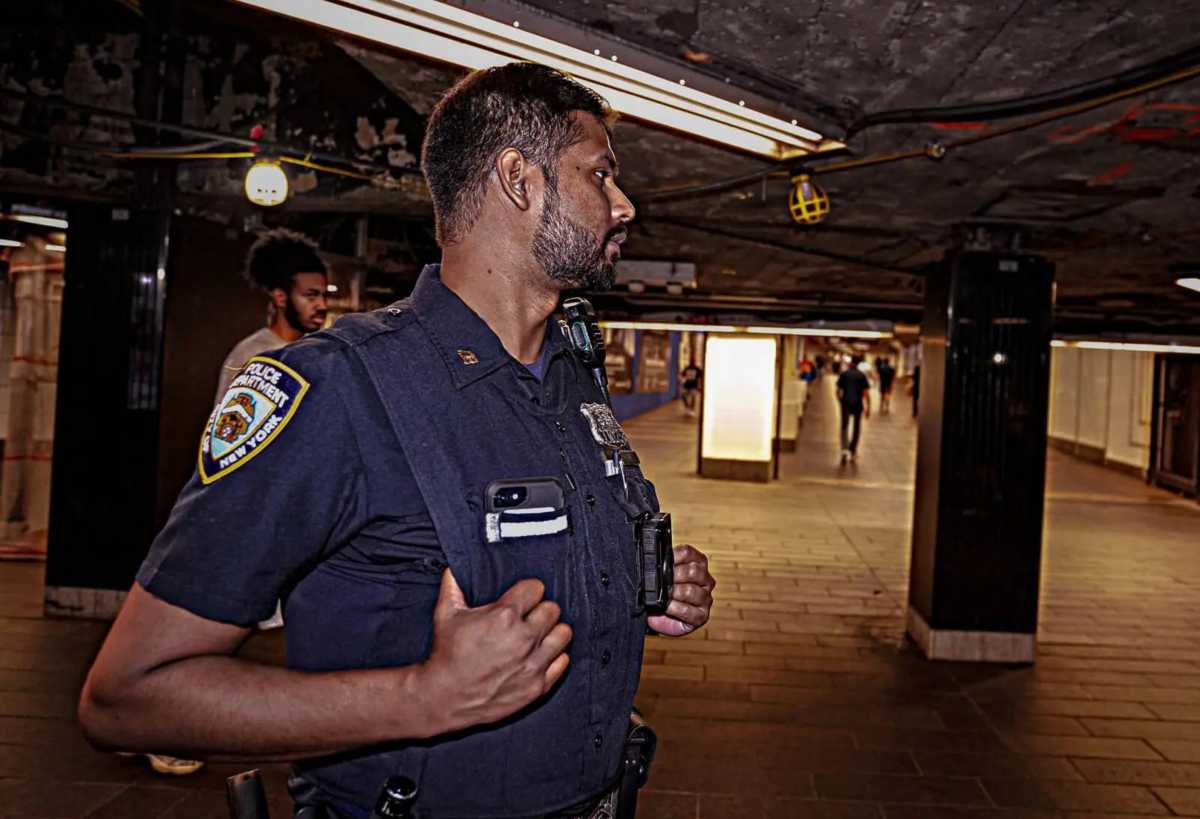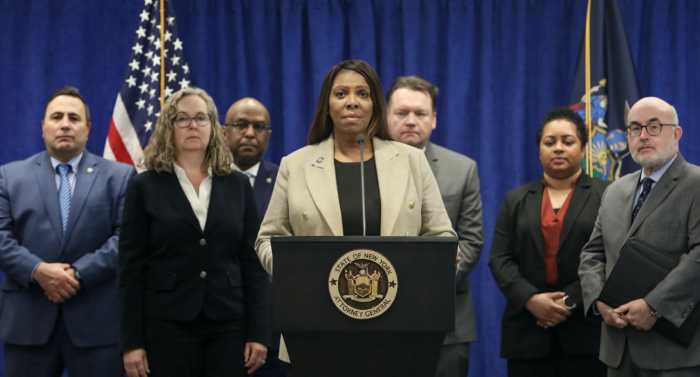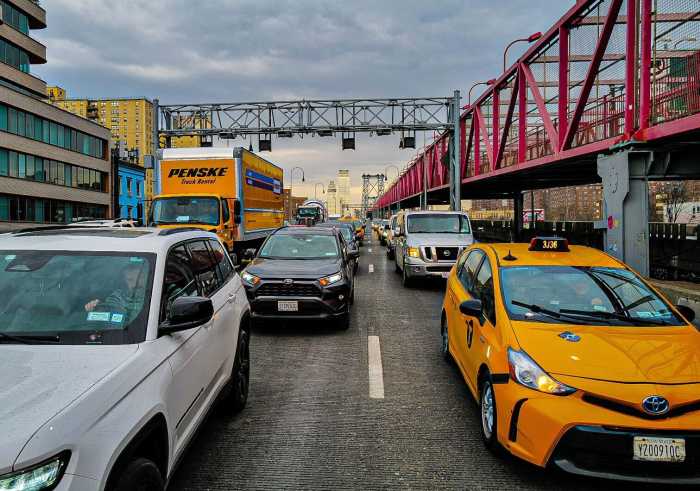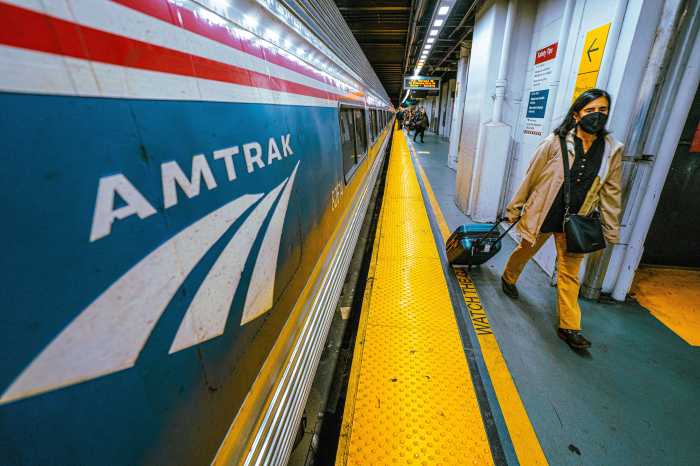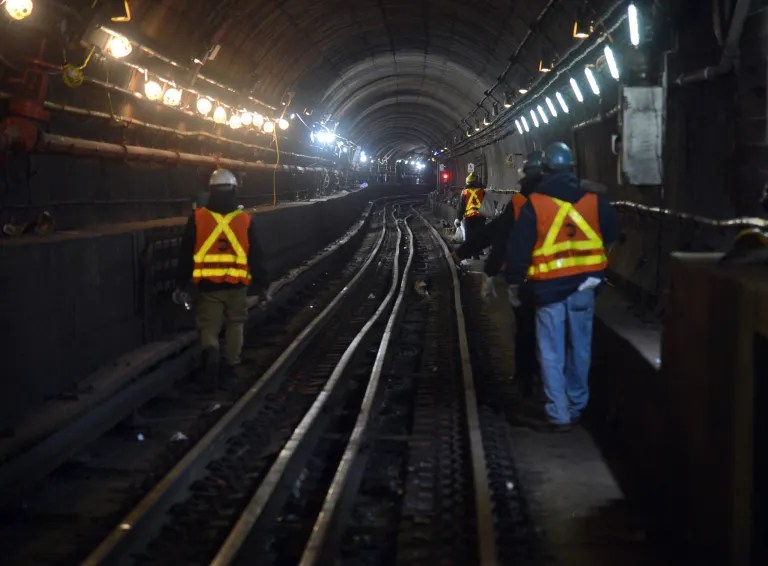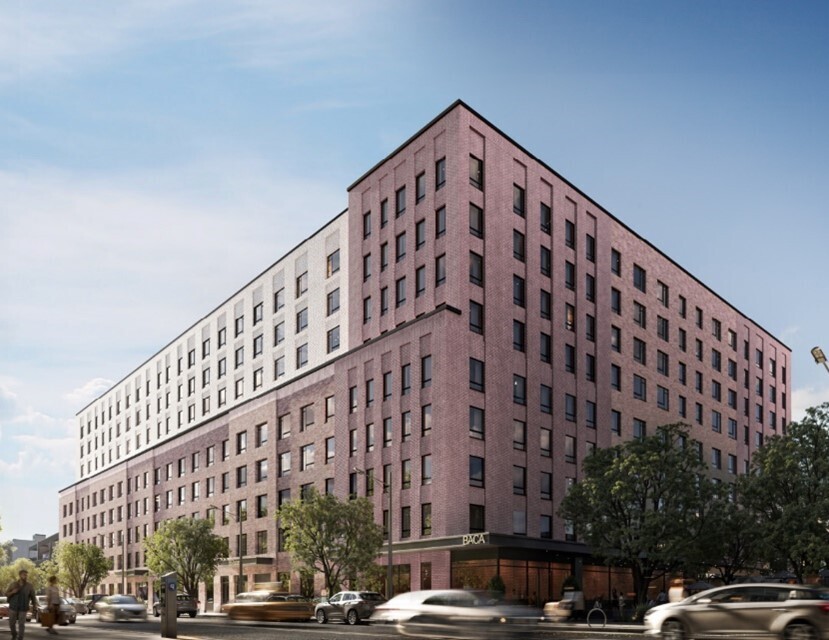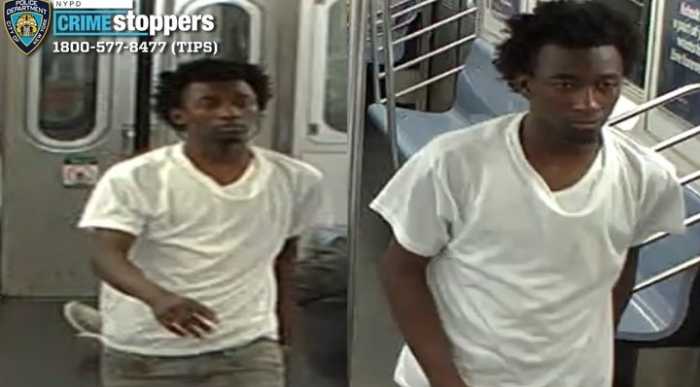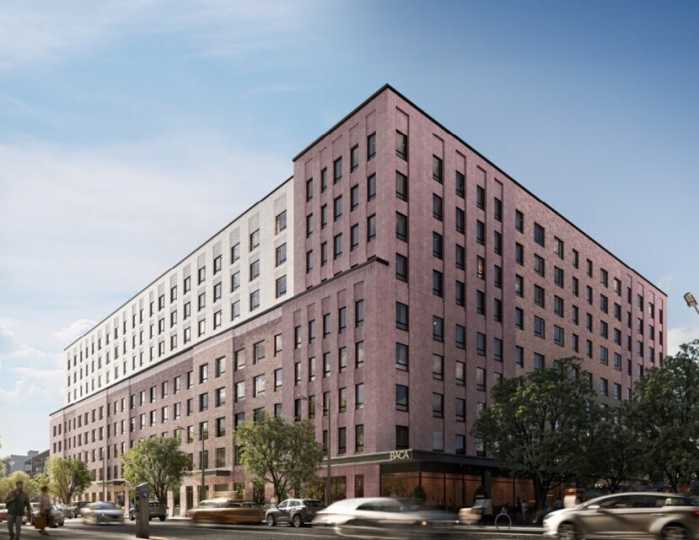The U.S. Department of Transportation (USDOT) is pressing the MTA for answers about rising crime in the subway system, following a surge in felony assaults this year.
Joe DeLorenzo, USDOT’s associate administrator for transit safety and oversight, sent a letter to MTA Chair and CEO Janno Lieber on July 7 inquiring about subway crime, including a request for info on transit worker assaults, fare evasion, criminal activity, subway surfing and the use of federal funds to “enhance the safety and security” of NYC Transit.
The letter follows an earlier request sent by the USDOT on March 18. Although the MTA submitted a timely response, federal officials said it “failed to answer specific questions” about the resources and strategies being used to prevent crime and ensure commuter safety.
“MTA giving USDOT the runaround when New York City grapples with a dramatic uptick in subway assaults is unacceptable,” USDOT Secretary Sean Duffy, a former reality TV star, said Monday when the letter was made public. “The innocent victims of these horrific crimes and the daily commuters who live in fear of violence deserve better.”
MTA safety officials said at a recent board meeting that felony assaults were up 55% in 2024, compared to pre-pandemic levels reported in 2019. Assaults on NYPD officers were up 152% over the same period.
According to NYPD statistics, there were 315 felony assaults in the transit system through July 6 this year, up from 294 during the same period in 2024. Approximately 35% of this year’s total is against police officers or MTA workers.
“The MTA should provide us with the information we need to assess the gaps in their security strategy and safety protocols,” Duffy added. “It’s time we restore order on New York’s transit systems. Lives are at stake.”
Despite Duffy’s grumblings, MTA officials sent the federal agency an extensive, 20-page document detailing various safety measures implemented system-wide.
“It’s unclear whether Secretary Duffy read the 20 pages of detailed security information provided in writing three months ago, but here are the facts: thanks to the NYPD, crime is down, lower than before COVID, and near the safest in history,” John McCarthy, chief of policy and external relations at the MTA, said. “We’re proud the MTA has one of the lowest crime rates of any transit system in the country.”
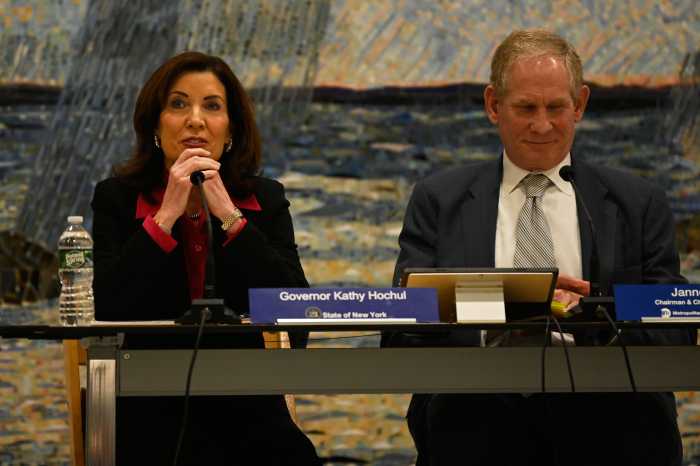
Overall subway crime has, in fact, continued to decline this year, even as ridership increased. According to the latest police data, NYC transit crime is down 3% year to date, compared to the same period in 2024, in part due to an increased police presence.
“I don’t get why Secretary Duffy continues to assail the NYPD,” MTA Chair and CEO Janno Lieber said at unrelated press conference. “That’s his own problem. I dont get it. But the bottom line is, crime is way down, ridership is up an congestion pricing is an amazing success. Everybody recognizes it. Eventually they’ll figure it out in Washington.”
The MTA has 30 days to respond to the letter.
Duffy “using the MTA as a punching bag”
Meanwhile, transit advocates blasted Duffy for what some called “subway slanders” on Tuesday.
“Tan as the Jersey Shore from his gas-guzzling vanity road trip, Secretary Sean Duffy is yet again attacking New Yorkers, our way of life, and our successful congestion relief program,” Danny Pearlstein, policy and communications director at the Riders Alliance, said. “Like many before him, he’s using the MTA as a punching bag although the NYPD patrols the subway, which four million people ride every day and where crime is dropping.”
Duffy’s comments come amid an ongoing legal fight between New York and the Trump administration, including the USDOT, over the future of the city’s congestion pricing program.
MTA and state officials say a number of safety improvements have been implemented over the past year. In May 2024, Gov. Kathy Hochul launched a five-point subway safety plan, beginning with the deployment of National Guard troops and additional law enforcement officers into the transit system. The plan also included installing surveillance cameras in every subway car and expanding police bag checks.
While homelessness on NYC trains continues to be a problem, the governor said in May that about 850 people looking for shelter in subways were put into permanent housing through NYS’s Safe Options Support initiative.
Despite many efforts from the MTA, the seemingly never-ending, revenue-losing scourge of fare evasion continues to thrive. Although the MTA reports that fare evasion dropped by 25% in the second half of 2024, it is still a major problem for the transit agency, which says it loses up to $800 million annually from the illegal practice.
Lieber has expressed discontent at the continued criminal activity and has said it sends the wrong message to riders who pay their fare.
“It’s not just a matter of MTA finances, and having the money to operate the system and fix the system, it is demoralizing to New Yorkers when they see other people just walking through the gate and not paying their fare or jumping over the turnstile,” Lieber said in an online MTA video, “It makes people feel like, ‘Why am I the sucker who pays?’
The MTA has taken aggressive steps to stop the behavior. Unarmed gate guards, for example, were installed to deter criminal activity. The agency said fare evasion dropped by 36% at stations with the guards.
